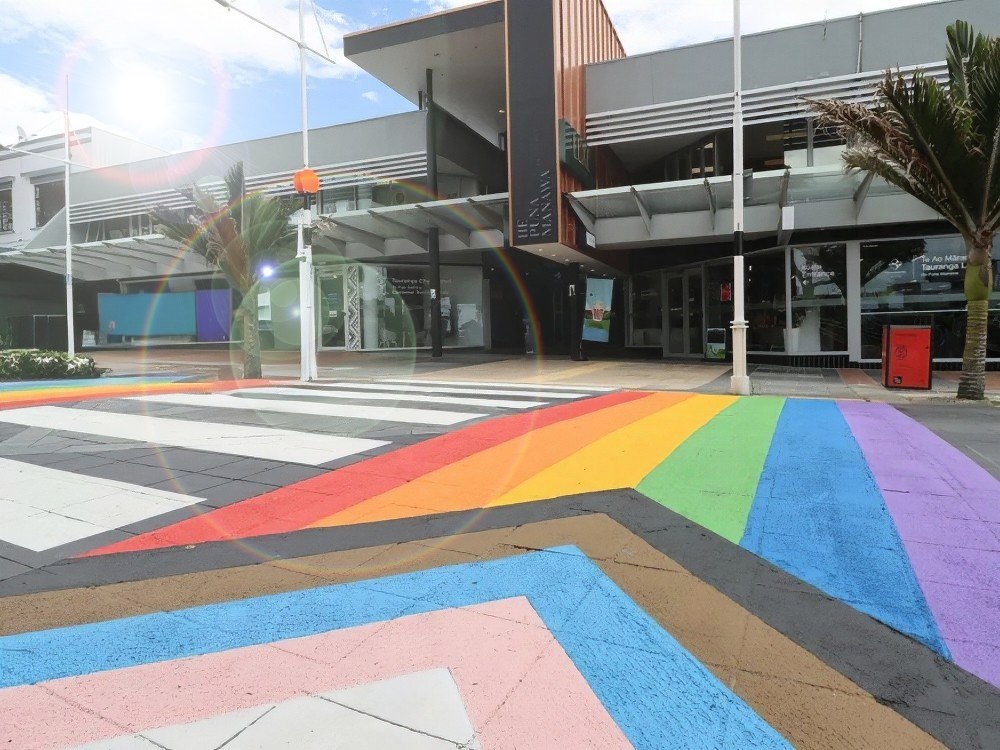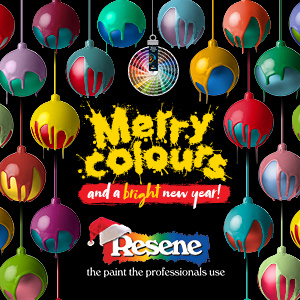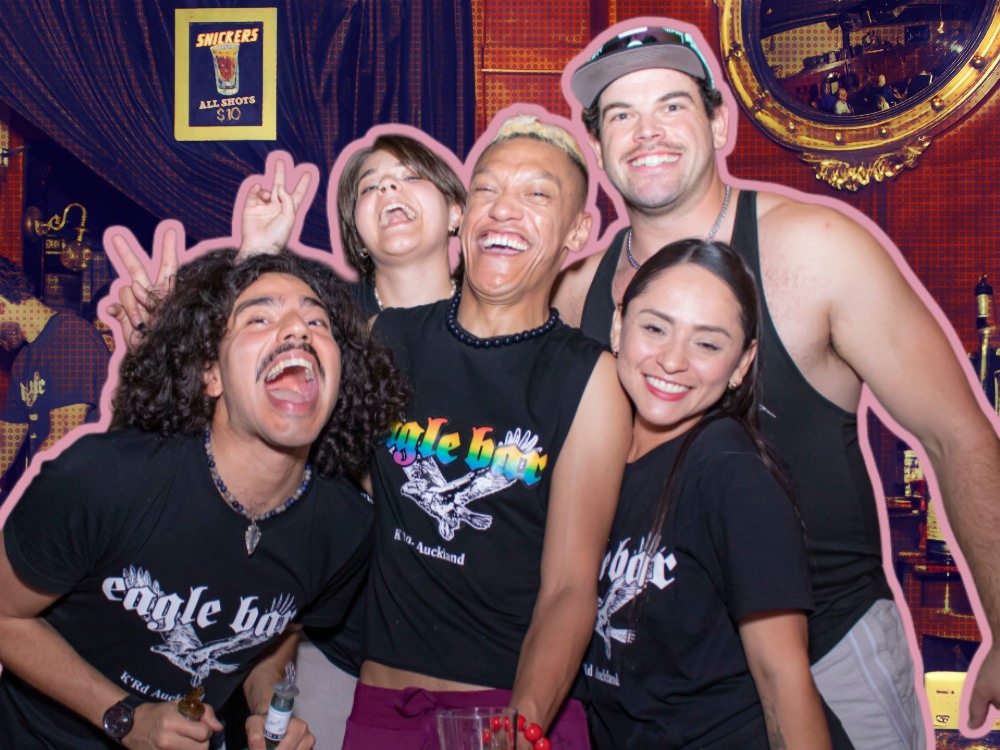Wellington’s vibrant rainbow crossing on Cuba Street will remain unchanged following a judicial review that challenged its legality and safety.
The crossing, originally painted in October 2018 to make the city more visibly LGBTQI-friendly, was subject to a legal challenge last month. A group of concerned citizens sought the review, arguing that while they did not wish to see the crossing removed, they believed it needed to comply with traffic regulations.
However, in a newly released decision, Justice Jason McHerron ruled that the rainbow crossing at the intersection of Dixon Street and Cuba Mall was lawful at the time of its installation and remains compliant with road marking and traffic control rules.
Legal Ruling and Safety Concerns
The court challenge, brought against the Wellington City Council (WCC) and the NZ Transport Agency (NZTA), claimed that the colourful crossing could mislead pedestrians and drivers. The group argued that the painted stripes resembled a pedestrian crossing, despite the intersection being controlled by traffic lights. They also raised concerns that the location—where many vehicles exceed 30km/h—posed potential safety risks.
However, the court found no evidence to support these concerns. Justice McHerron noted that despite approximately 500 cars using the intersection daily, no accidents or fatalities had been reported. He ruled that the rainbow markings had a legitimate purpose related to road use while also serving to celebrate LGBTQIA+ pride.
“I am not persuaded either as a matter of law or from the available evidence that the rainbow markings mislead pedestrians into the mistaken conclusion that the crossing is a pedestrian crossing at which they always have the right of way,” Justice McHerron stated in his decision.
A 2020 amendment to traffic rules had no bearing on the case, as there was no indication that the changes were intended to be applied retroactively. Furthermore, safety measures such as speed cushions and a report from Stantec New Zealand confirmed a high level of safety at the location.
Dismissal of the Case and Political Reaction
The court dismissed the group’s application to overturn a 2021 declaration by the Director of Land Transport, which had determined the crossing did not violate regulations. It also ruled that the NZTA was not required to reassess its previous decision.
Wellington Mayor Tory Whanau celebrated the ruling, calling it a “Pride Month victory.”
“Today’s court ruling reaffirms Wellington’s Rainbow Crossing as a symbol of our city’s inclusive spirit and is a victory for diversity and acceptance,” Whanau said.
She also highlighted the city council’s recent vote to explore creating a trans flag street art installation or mural in Berhampore, using remaining funds from a local beautification project.
“I’m committed to fostering a city where everyone feels welcome and valued and proud to be Mayor of New Zealand’s rainbow capital,” she added.
Who Was Behind the Court Action?
The original judicial review was brought by Avataeao (AJ) Ulu, Phillipa Ulu, Deanna Merania Roa, Don Grant Tainui Roa, and Lynesoa Tuiqere. However, the final ruling lists only three applicants: Deanna Merania Roa, Don Grant Tainui Roa, and Lynesoa Tuiqere.
Deanna Roa had previously stood as a candidate for Vision New Zealand in the 2023 general election. Vision New Zealand is led by Hannah Tamaki, wife of Destiny Church leader Brian Tamaki.
Next Steps
Justice McHerron ruled that if the involved parties could not resolve cost matters independently, they would need to submit memorandums to the High Court next month.
With the case dismissed, Wellington’s rainbow crossing will remain a bright and enduring symbol of the city’s commitment to diversity and inclusion.




















